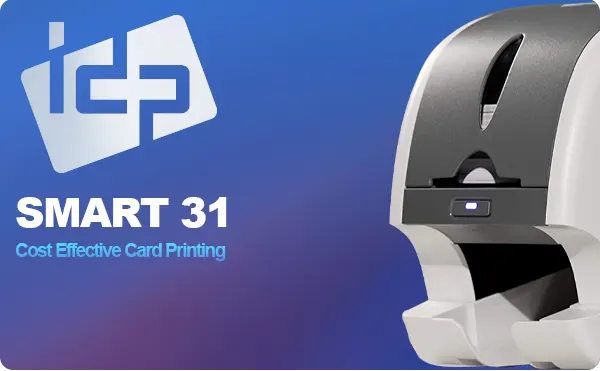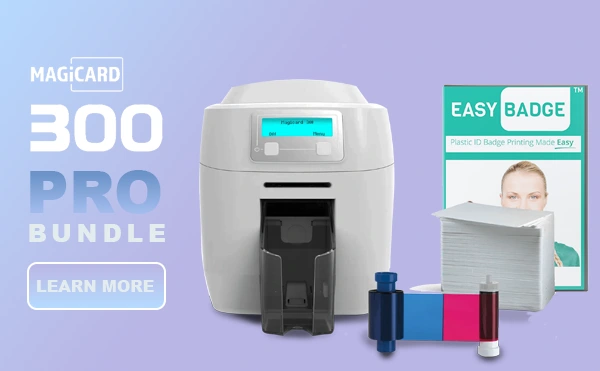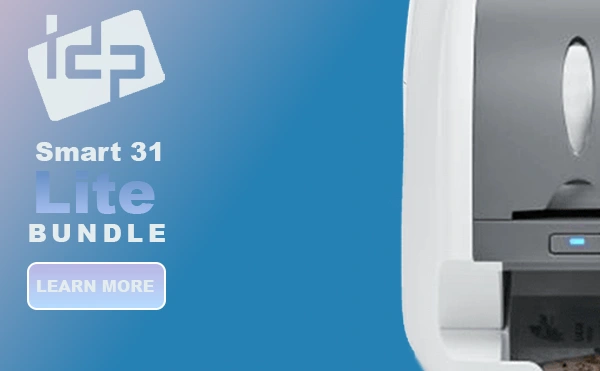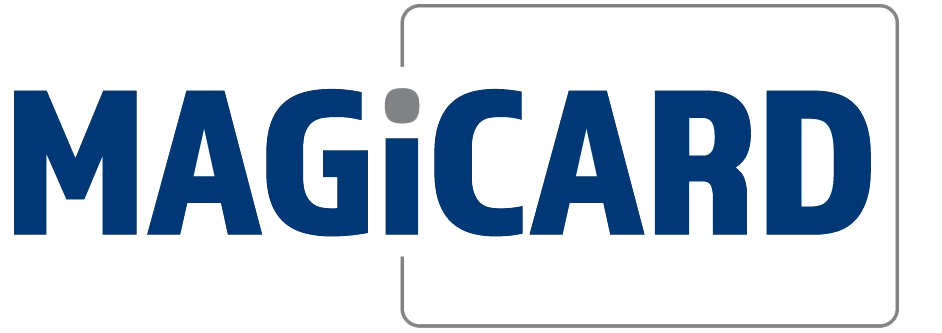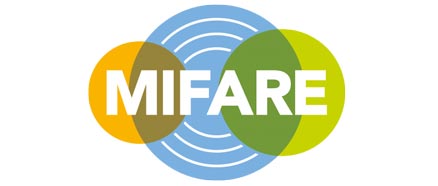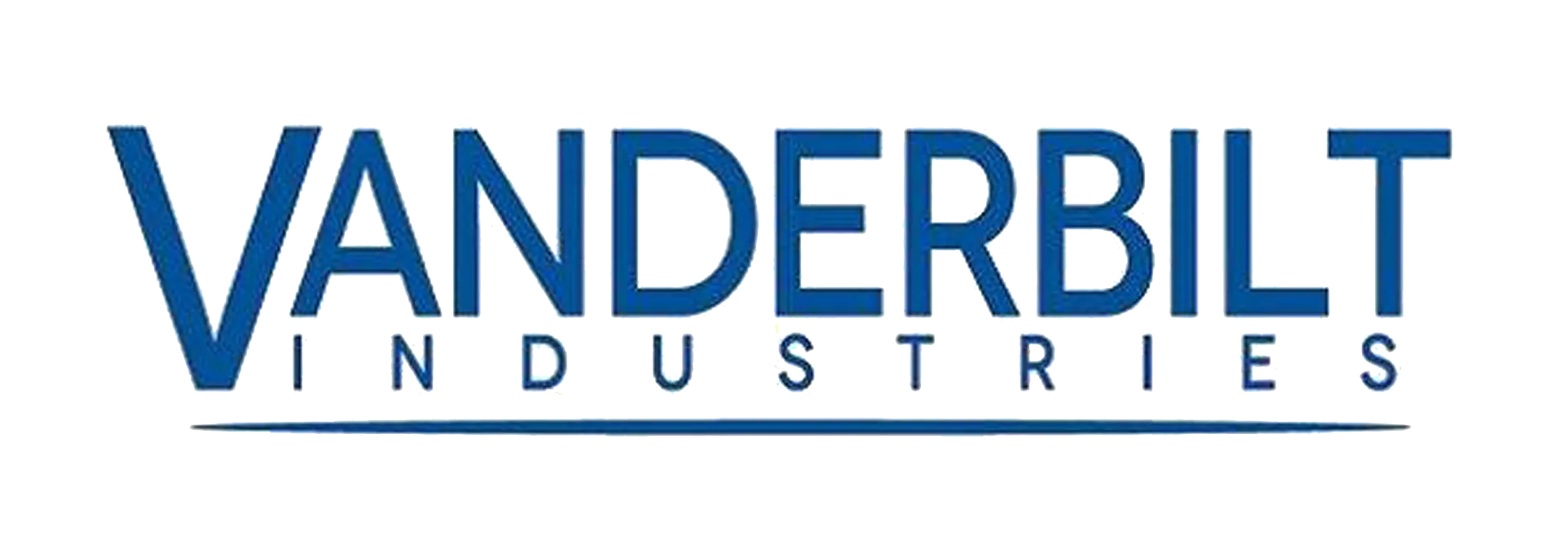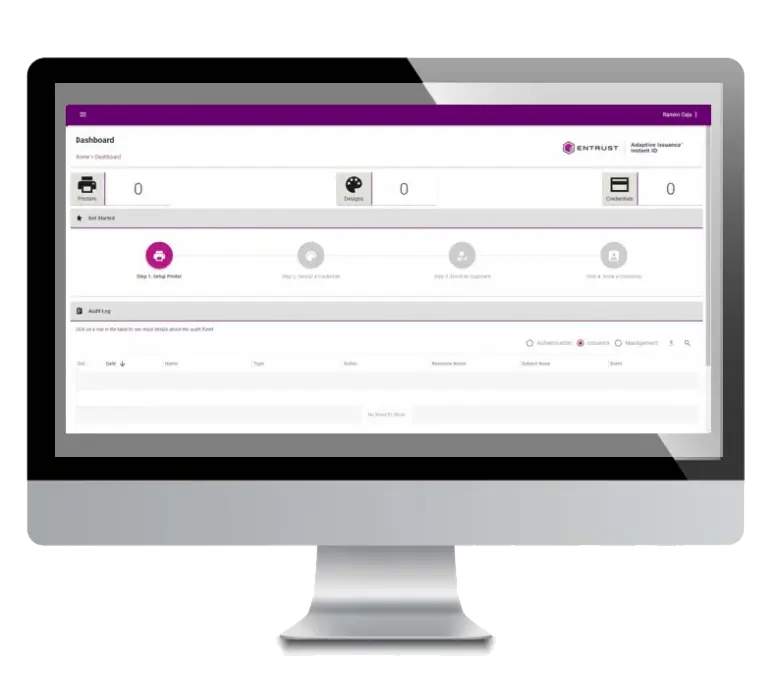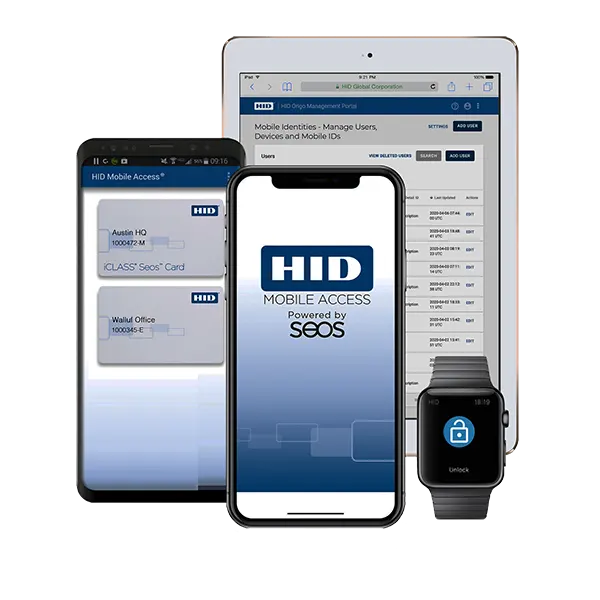How To Get Custom Lanyards Printed? Custom lanyards can be a fantastic way to promote your brand, enhance event experiences or for general office identifcation. This blog post will guide you through the process of getting your own lanyards printed, from design inception to final production. We’ll explore essential considerations such as material choices, design tips, and printing methods,. By the end, you’ll have all the information needed to create lanyards that are not only practical but also memorable and impactful. Find Out More Step 1: Define Your Purpose and Audience Before diving into the design process, it’s crucial to understand the primary purpose of your lanyards. Are they for a corporate event, a trade show, or perhaps a school function? Identifying the target audience and purpose will guide your design choices, color scheme, and messaging. Step 2: Choose the Right Material Lanyards come in various materials, each offering different textures, durability, and price points. Common materials include: Polyester: Durable and ideal for screen printing, making it a popular choice for events. Nylon: Offers a smooth finish and is more premium, suitable for detailed logos and intricate designs. Eco-Friendly Options: For those environmentally conscious, bamboo or recycled PET lanyards provide sustainable alternatives. Choose a material that complements your brand image and meets your budgetary needs. Step 3: Design Your Lanyard The design phase involves selecting colors, logos, text, and any other elements you want on the lanyard. Here are some tips: Colors: Use colors that align with your brand or event theme. Remember, contrasting colors can make your text and logo stand out more. Logo and Text: Ensure your logo is high resolution. Keep text simple and legible, avoiding overcrowding. Online Design Tools: Many suppliers offer online design tools where you can visualize your lanyard design. Make use of these resources for immediate feedback. Step 4: Decide on Printing Method The choice of printing method can affect the appearance and durability of your final product: Screen Printing: Ideal for bold colors and larger text, offering good durability. Dye Sublimation: Allows for vibrant, full-color designs and is perfect for detailed logos or complex patterns. Embroidery: Offers a textured, premium finish but might not suit all designs due to size and complexity limitations. Step 5: Select Attachments and Accessories Customize your lanyards further by choosing suitable attachments, such as: Clips: Swivel clips, bulldog clips, or key rings depending on what the lanyard will hold. Badge Holders: Essential for events where identification is crucial. Safety Breakaway: Particularly important for children or any high-risk activities, adding an extra safety feature. Step 6: Choose a Reliable Supplier Once you have your design and specifications, find a reputable supplier in Ireland. Here’s how: Read Reviews: Look for testimonials and reviews to gauge the quality and reliability. Check Samples: Request physical samples where possible to assess material and print quality. Consider Turnaround Time: Ensure they can meet your deadline, especially if you need a rush order. Step 7: Finalize Your Order Before placing your final order, confirm […]
Monthly Archives: October 2023
Benefits of Asset Tags For Business Benefits Of Asset Tags For Business In today’s fast-paced business environment, efficiency, organization, and accountability are more crucial than ever. Asset management is a significant concern for many companies, and one of the tools they employ to maintain control over their tangible assets is asset tagging. In this post, we’ll delve into the benefits of asset tags and explore the different types available for businesses. Improved Asset Management Asset tags make it easier to keep tabs on where items are, who is using them, and how often they’re being utilized. Loss Prevention With visible asset tags, the chances of items being misplaced, lost, or stolen are reduced. Maintenance & Upkeep By using asset tags, businesses can easily keep track of maintenance schedules, warranties, and the lifecycle of equipment. Acurate Financial Reporting Asset tags aid in accurate record-keeping, essential for calculating depreciation, taxes, and insurance. Enhanced Accountability: When employees know items are tagged and monitored, they’re more likely to handle them with care, ensuring a sense of responsibility. Sreamlined Processes Physical counts become more straightforward and faster with scan-able tags. Types Of Asset Tags Asset Tags Come In Many Formats for different applications. Learn More about the type of asset tags we provide. Barcode Asset Tags These are the most common type of asset tags. They contain a series of vertical lines of varying widths that represent numbers. Barcode asset tags are often used in conjunction with asset management software to track inventory, check items in or out, and monitor maintenance schedules. QR Tag Tags These are two-dimensional codes that can hold a significant amount of information. They can be scanned using smartphones, making them particularly useful for businesses that don’t want to invest in specialized barcode scanning equipment. RFID Tags Radio Frequency Identification (RFID) tags use electromagnetic fields to track and identify assets. They can store more data than barcodes and can be read from a distance, even without direct line of sight. Tamper Proof Tags These tags show visible signs of tampering, which can deter theft or unauthorized transfers. Heavy Duty Ideal for outdoor equipment or machinery, these tags are durable and can withstand harsh environments. Use Cases IT Departments: Track laptops, servers, and other tech equipment to ensure software updates and maintenance are done timely. Schools and Educational Institutions: Monitor electronic devices, lab equipment, and furniture to prevent losses and manage maintenance. Manufacturing Plants: Keep track of machinery, tools, and equipment for efficient operations and maintenance. Rental Businesses: Monitor items that are rented out to customers to ensure they are returned and in good condition. Healthcare Facilities: Manage sensitive equipment, ensuring it’s in the right place when needed and maintained appropriately. In conclusion, asset tags play an indispensable role in the smooth operation of many businesses, providing a reliable, efficient, and cost-effective way to manage tangible assets. Whether you’re a small business looking to track office equipment or a large manufacturing plant monitoring hundreds of machines, asset tags can offer a […]
Benefits of Digital VS Plastic ID Cards Digital Vs Pyshical In today’s digital age, everything from shopping to socializing has made the leap to the online world. It’s no surprise then that ID cards, too, are getting a digital makeover. But is this transition a boon or a bane? Let’s explore the benefits and drawbacks of digital ID cards compared to traditional plastic cards. Learn More Benefits Of Digital ID Cards Eco Friendly Digital ID cards reduce the need for plastic production, contributing to a greener planet. With no physical card to produce, there’s a reduction in waste and resource use. Convenience A digital ID can be stored on a device most people already carry—like a smartphone. No more digging through your wallet or purse; a quick tap or scan is all it takes. Easy To Update Digital IDs can be updated remotely, eliminating the need to wait for a new card in the mail. This is especially beneficial for entities that require frequent updates or renewals. Security Digital IDs can incorporate biometrics, such as facial recognition or fingerprints. This adds an extra layer of security, reducing the risk of forgery. Cost-effective Over time, digital IDs can be cheaper to maintain and distribute, especially when considering the costs of producing, shipping, and replacing traditional cards. Convenience A digital ID can be stored on a device most people already carry—like a smartphone. No more digging through your wallet or purse; a quick tap or scan is all it takes. Drawbacks Of Digital ID Cards Technology Dependant Relying solely on digital IDs means one must always have a working, charged device. If your phone dies or malfunctions, you might be left without identificationn. Privacy Storing personal information on a device can make people uneasy. While security measures are often in place, there’s always a risk of data breaches. Exclusivity Not everyone owns a smartphone or has consistent access to the internet. Digital IDs might exclude certain groups, leading to inequalities in access to services. Benefits Of Physical ID Cards Tangibility Not everyone owns a smartphone or has consistent access to the internet. Digital IDs might exclude certain groups, leading to inequalities in access to services. Simplicity Plastic IDs are straightforward. They don’t require a device, internet access, or tech-savvy skills. More Popular Traditional cards are widely accepted everywhere, from airports to bars, without the need for digital verification systems. Drawbacks Of Physical ID Cards Damage Plastic cards can easily get lost, damaged, or wear out. This leads to the inconvenience and cost of replacements. Limited Security While features like holograms can deter counterfeiters, traditional cards lack advanced security measures like biometrics. Enviornmental Impact Plastic production and disposal have environmental consequences, contributing to pollution and waste. This is becoming more of an issue for comanies in recenet years as the switch to more eco friendly options
Benefits of Gift Cards For Business Gift Card Benefits In the ever-evolving world of commerce, businesses are constantly on the lookout for innovative strategies to stay ahead of the curve and drive customer engagement. One such strategy that has proven its mettle time and again is the use of plastic gift cards. Offering more than just a convenient gift option, these cards have become a powerhouse marketing tool for businesses of all sizes. In this post, we’ll delve into the multiple benefits that plastic gift cards bring to businesses. Learn More Gift Card Benefits A small river named Duden flows by their place and supplies it with the necessary regelialia. It is a paradise Boost Sales & Revenue When a customer purchases a gift card, the business receives the funds immediately, improving cash flow. Recipients often spend more than the gift card’s value, leading to additional sales for the business. Increase Customer Loyalty Walking Advertisements: Plastic gift cards, unlike e-cards, are tangible and often carried around in wallets. Every time a customer opens their wallet, they’re reminded of your brand. As gift cards are popular presents, they introduce your business to potential new customers, spreading brand awareness. Flexibility Flexibility and Versatility Various Denominations: Offering gift cards in multiple denominations caters to a wider audience, from those looking for small tokens of appreciation to those seeking substantial gifts. Reloadable Options: Many plastic gift cards can be reloaded, encouraging recipients to return and refill, fostering continued engagement with the brand. Enhanced Data Collection With each gift card transaction, businesses can gather data on purchasing habits, preferences, and patterns, allowing for more targeted marketing in the future. In conclusion, the advent of plastic gift cards has ushered in a new era of marketing and customer engagement for businesses. From boosting sales and fostering loyalty to reducing fraud and attracting new customers, the benefits are manifold. If you’re a business owner seeking to amplify your brand presence, engage customers, and drive revenue, it’s time to consider integrating plastic gift cards into your strategy. They’re more than just a gift – they’re a gift to your business’s growth and success.




